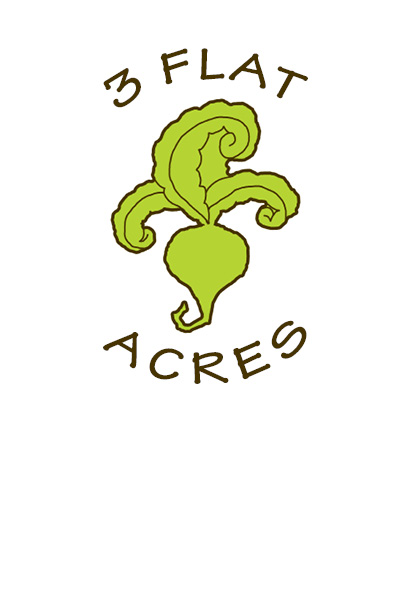Wednesday, September 29, 2010
Stateline Farm Beginnings Farmer Training Program
http://www.learngrowconnect.org/node/2811
Honestly, this was one of the best experiences of my adult life. I certainly learned a lot about myself. I learned a lot about running a small business. I was and continue to be challenged by an extraordinary group of passionate folks. I feel lucky to be a small part of this agricultural renaissance.
Saturday, September 11, 2010
Barn Progress
 Gotta save this old barn
Gotta save this old barn
The interior - taken while standing in the milkhouse
The barn swayback problem is two-fold. First, the back (built into the wall side) is limestone and it is deteriorating. Secondly, many of the large supports are resting on spans that have rotted and are being propped up with a collection of old car jacks and cinder blocks. Before we can repair the back wall, we need to restabilize the support of the barn. To that end, we are breaking open portions of the barn floor to pour new footings for new supports to allow us to jack up the barn, straighten it, and then repair the back wall. Instead of trying to repair the old limestone, we are going to build a form and pour concrete over the stone. Oh, and we need a new roof too. Yikes.
See photos of the some of the framing stabilization (and the state of the limestone) that we did earlier this year here.
So we are in this project for real now.

Bill is scoring with the concrete saw
After scoring, we have an 18" square to jackhammer out.
Bill recently purchased a jackhammer. (I know....) It has proven to be invaluable for this project and small enough (less than 75 lbs) so I am able to also use it.
 Bill is jackhammering inside one of the holes to break up stone inside the hole.
Bill is jackhammering inside one of the holes to break up stone inside the hole. This is only about 20" - we need to continue to 42".
This is only about 20" - we need to continue to 42". I purchased a new pair of gloves in July from my friends Ann and Liz at Green Heron Tools, which sells farming and work gear for women. This is the type of project that involves digging by hand - literally pulling out the gravel and stone by hand. All of this stone work has worn out the fingertips so I've got to get a new pair. I love the message on these gloves - Strong Women Building A Gentle World. When I am frustrated and tired it is very inspirational to me.
I purchased a new pair of gloves in July from my friends Ann and Liz at Green Heron Tools, which sells farming and work gear for women. This is the type of project that involves digging by hand - literally pulling out the gravel and stone by hand. All of this stone work has worn out the fingertips so I've got to get a new pair. I love the message on these gloves - Strong Women Building A Gentle World. When I am frustrated and tired it is very inspirational to me.
Thursday, September 2, 2010
Pressure canning






